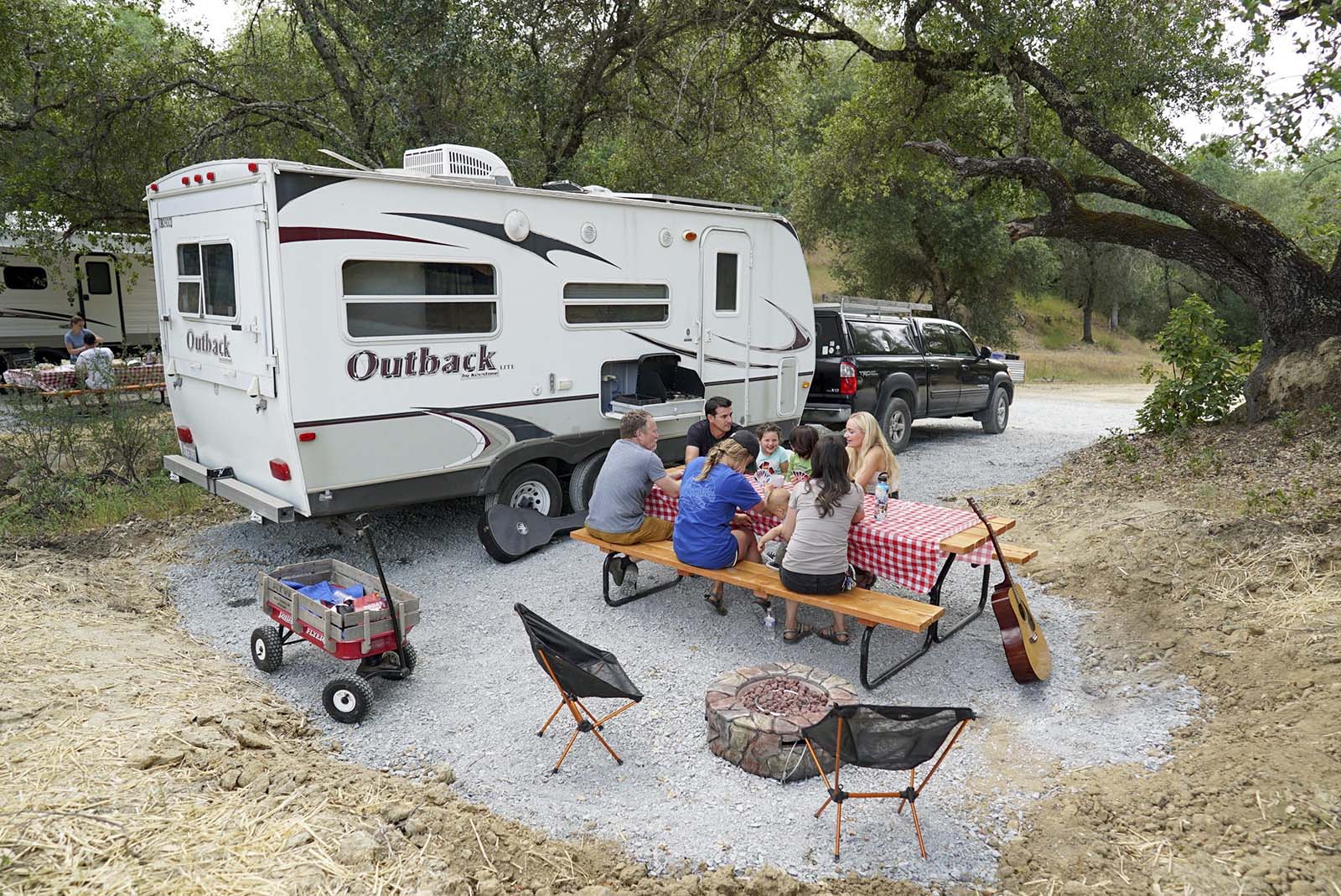H2: Tips for Charging RV Chassis Batteries H3: Importance of Maintaining Proper Charge H3: Understand Your RV’s Electrical System H3: Choose the Right Charger H3: Safety Precautions for Charging Batteries H3: Regular Maintenance for Optimal Performance H3: Steps to Charge RV Chassis Batteries H3: Checking Battery Voltage H3: Connecting the Charger H3: Monitoring the Charging Process H3: Disconnecting the Charger

H2: Tips for Charging RV Chassis Batteries
H3: Importance of Maintaining Proper Charge Properly charged chassis batteries are essential for a smooth and hassle-free RV experience. These batteries power the essential electrical components, including the ignition system, lights, and other electronic devices. Neglecting the maintenance and charging of chassis batteries can lead to frequent breakdowns and inconvenience during your trips.
H3: Understand Your RV’s Electrical System To effectively charge your RV chassis batteries, it is crucial to understand your RV’s electrical system. Each model might have different battery types, wiring configurations, and charging requirements. Refer to your RV manual or consult a professional to gather all the necessary information before proceeding.

H3: Choose the Right Charger Investing in a suitable charger is crucial for effectively charging your RV chassis batteries. Consider factors such as battery type, voltage, and capacity when selecting a charger. It is recommended to choose a smart charger that offers multiple charging stages and automatically adjusts the charging process based on your battery’s condition.
H3: Safety Precautions for Charging Batteries Working with batteries involves some safety risks. To ensure a safe charging process, follow these precautions:
1. Work in a well-ventilated area to avoid the accumulation of explosive gases. 2. Wear protective gloves and goggles to prevent any acid spray or accidental exposure. 3. Keep open flames, sparks, or smoking materials away from the charging area. 4. Disconnect the charger before connecting or disconnecting the battery to prevent electrical shocks.

H3: Regular Maintenance for Optimal Performance Proper maintenance plays a crucial role in extending the lifespan and optimizing the performance of your RV chassis batteries. Regularly inspect the battery terminals for corrosion and clean them with a mixture of baking soda and water. Additionally, check the battery fluid levels and top up with distilled water if necessary.
H3: Steps to Charge RV Chassis Batteries
H3: Checking Battery Voltage Before you start charging your RV chassis batteries, it is essential to check their voltage. Use a digital voltmeter to measure the voltage across the battery terminals. If the voltage is below 12.4 volts, it indicates the batteries need charging.
H3: Connecting the Charger Once you have confirmed the need for charging, proceed to connect the charger. Locate the positive and negative terminals on your batteries. Connect the positive cable (usually red) from the charger to the positive terminal on the battery and do the same with the negative cable (usually black) to the negative terminal. Ensure the connections are secure and free from any corrosion.
H3: Monitoring the Charging Process Now that the charger is connected, turn it on and let the batteries charge. Monitor the charging process and follow the charger’s instructions for optimal results. Smart chargers often indicate the battery’s charging progress and automatically switch to a maintenance mode once fully charged.
H3: Disconnecting the Charger Once the batteries have reached their optimal charge level, safely disconnect the charger. Start by turning off the charger and then remove the negative cable followed by the positive cable. This sequence ensures safety and prevents any electrical shocks.
In conclusion, properly charging and maintaining your RV chassis batteries is crucial for a smooth and enjoyable RV experience. Understanding your RV’s electrical system, choosing the right charger, following safety precautions, and conducting regular maintenance are key factors in ensuring optimal battery performance. By following the steps outlined above, you can confidently charge your RV chassis batteries and hit the road worry-free.

